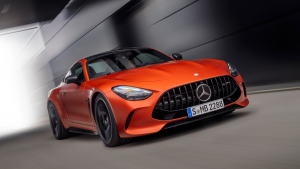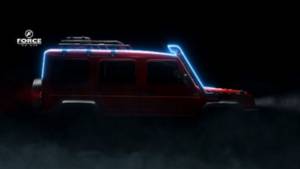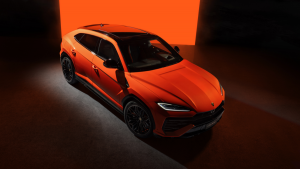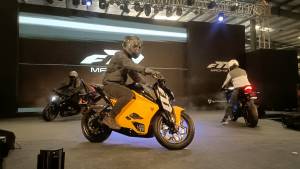Maserati presents Nettuno: The new 100% Maserati engine that adopts F1 technology for a road car
Maserati's new era begins with a new engine.
The new engine is the beating heart of the MC20 super sportscar that will make its world premiere in September. The unit was designed at Maserati's Modena facilities: the Maserati Innovation Lab on Via Emilia Ovest, the workshops on Via Delle Nazioni (Maserati Corse's historic base) and developed at the Engine Hub, situated at the famous Viale Ciro Menotti address where it will be built. Currently the new production line and new paint shop are being modified to host the much-anticipated MC20.
The new engine is the result of a technical revolution, one protected by international patents. The project was born from the passion and commitment of a team of highly-qualified technicians and engineers. After twenty years, Maserati has once again enthusiastically taken on the challenge of returning to its Modena HQ with the development and production of a new, highly-technological, high-performance engine.
The operation is a strategic one for Maserati, a brand that, today, is preparing to launch the new MC20, a project that is '100% Made in Modena' starting right from it's engine, the heart of the new car.
An ambitious design, which represents a historic moment for the company, a new era that will officially begin on September 9 and 10 in Modena during the event, "MMXX: The time to be audacious". At the launch, new models will be revealed, which will go into production in the coming years, and innovative propulsion systems as well as ambitious programmes developed by the Casa del Tridente will be announced.
The new power unit is a V90° architecture, with a 3-litre, 6-cylinder twin-turbo, and features a dry sump (a classic solution on super sportscars). It delivers 630 PS/463 kW at 7500rpm and 730 Nm of torque from 3000rpm with a specific power output of 210 PS/litre.
The compression ratio is 11:1, the stroke is 82 mm and the bore 88 mm.
The soul of the engine is the innovative pre-chamber combustion system featuring twin-spark plugs. This technology is derived from Formula 1 and is now available, for the first time, on an engine destined for the road.
The engine has three main features:
The pre-chamber: a combustion chamber is set between the central electrode and the traditional combustion chamber and connected by a series of specially-designed holes.
Lateral sparkplug: a traditional sparkplug acts as a support to ensure constant combustion when the engine is operating at a level that doesn't need the pre-chamber to kick in.
Twin injection system direct and indirect: linked to the fuel supply pressure at 350bar, the system reduces noise low down on the rev range, lowering emissions and improving consumption.
It is strategically important and supported by the Innovation Lab, which, thanks to virtual analysis, has allowed development and planning times to be notably reduced.
The new "Made in Modena" engine, a traditional 90° V6, has been taken to unheard of power and torque levels and will be used for the first time on the MC20 super sportscar. The MC20 will take Maserati back to the world of racing.
Engine Specs
Manufacturer Maserati
Engine Architecture V6 90°
Total displacement 3.0 l
Bore / Stroke 88 x 82 mm
Compression Ratio 11: 1
Firing Order 1-6-3-4-2-5
Max Power 630 PS @ 7500 rpm
Max Torque 730 Nm @ 3000 5500 rpm
Engine Max Revs 8000 rpm
Turbochargers Twin Side Turbo with electronic actuated Waste Gate
Ignition System Twin Spark with passive prechamber
Lubrication pump Fully variable oil pump
Lubrication system Dry sump with scavenge pumps & external oil tank
Fuel System PDI (Direct Injection 350bar + Port Injection 6bar)
Valvetrain & Timing Double Over Head Camshaft with variable valve timing
Engine Width 1000 mm
Engine Height 650 mm
Engine Length 600 mm
Engine Mass (as per DIN GZ) <220 kg
Emission Level EU6D/China 6B/Ulev 70
DISCLAIMER: This information is published as per the press release sent to us. It has not been verified or ratified by OVERDRIVE.
Related Stories
Top Stories
Latest Videos
Most Popular
- Budget Sportbike Showdown: Kawasaki Ninja 500 vs Aprilia RS 457 vs Yamaha YZF-R3
- 2014 Triumph Daytona 675 vs 2024 Kawasaki ZX6R - A Decade of Evolution in Supersport Motorcycles
- Mumbai-Pune Expressway speed restrictions updated
- 2024 Hyundai Creta vs Toyota Urban Cruiser Hyryder vs Skoda Kushaq comparison review - the hype is real?
- Nissan Magnite EZ-Shift review - is the AMT any good?











